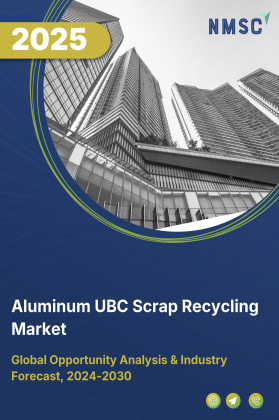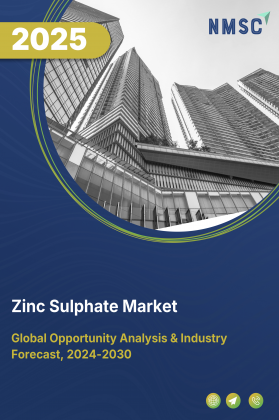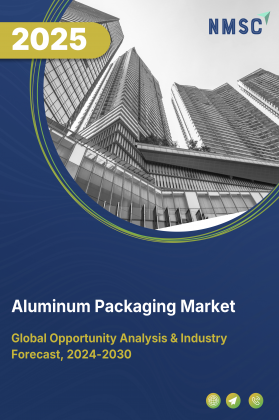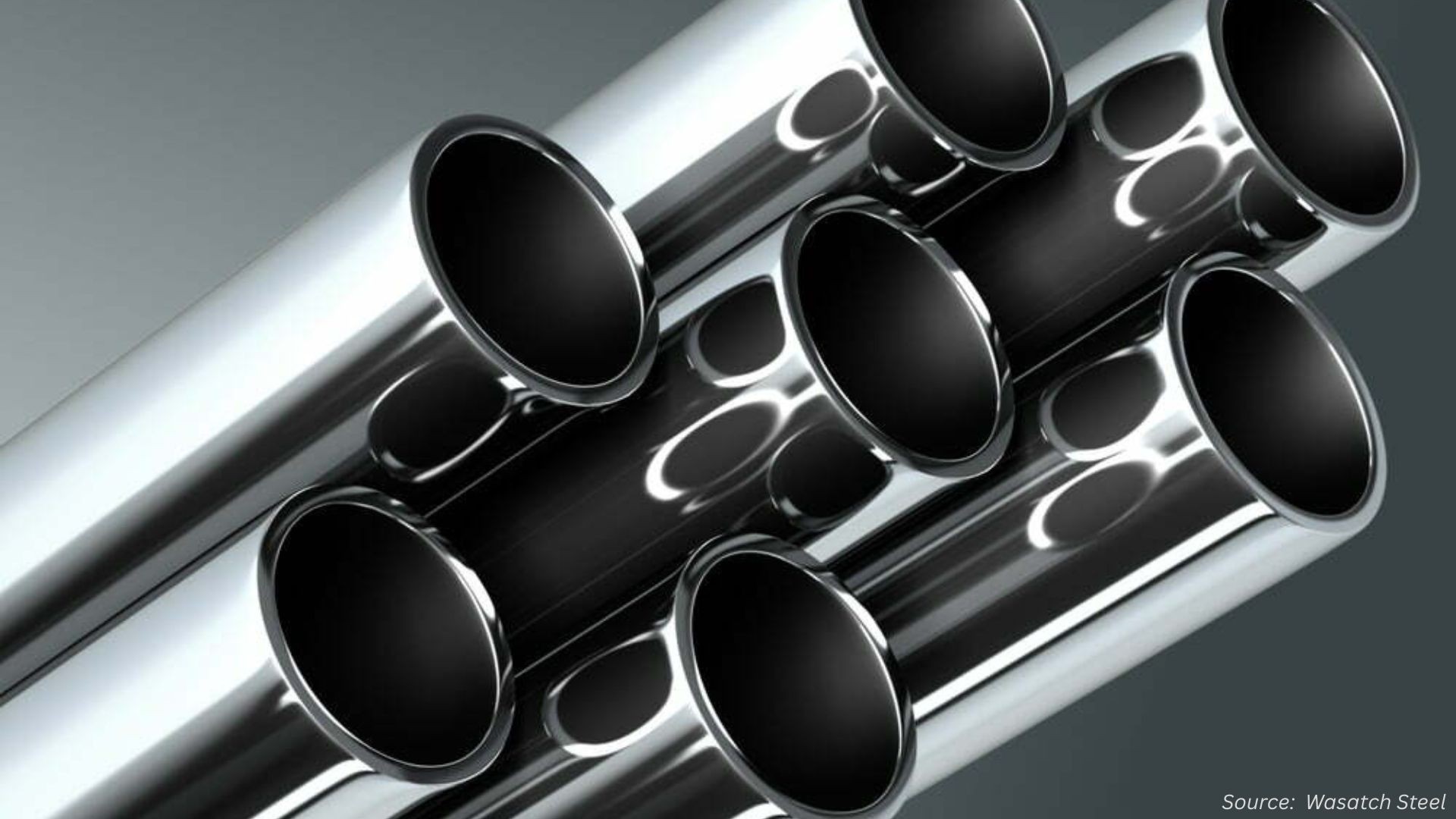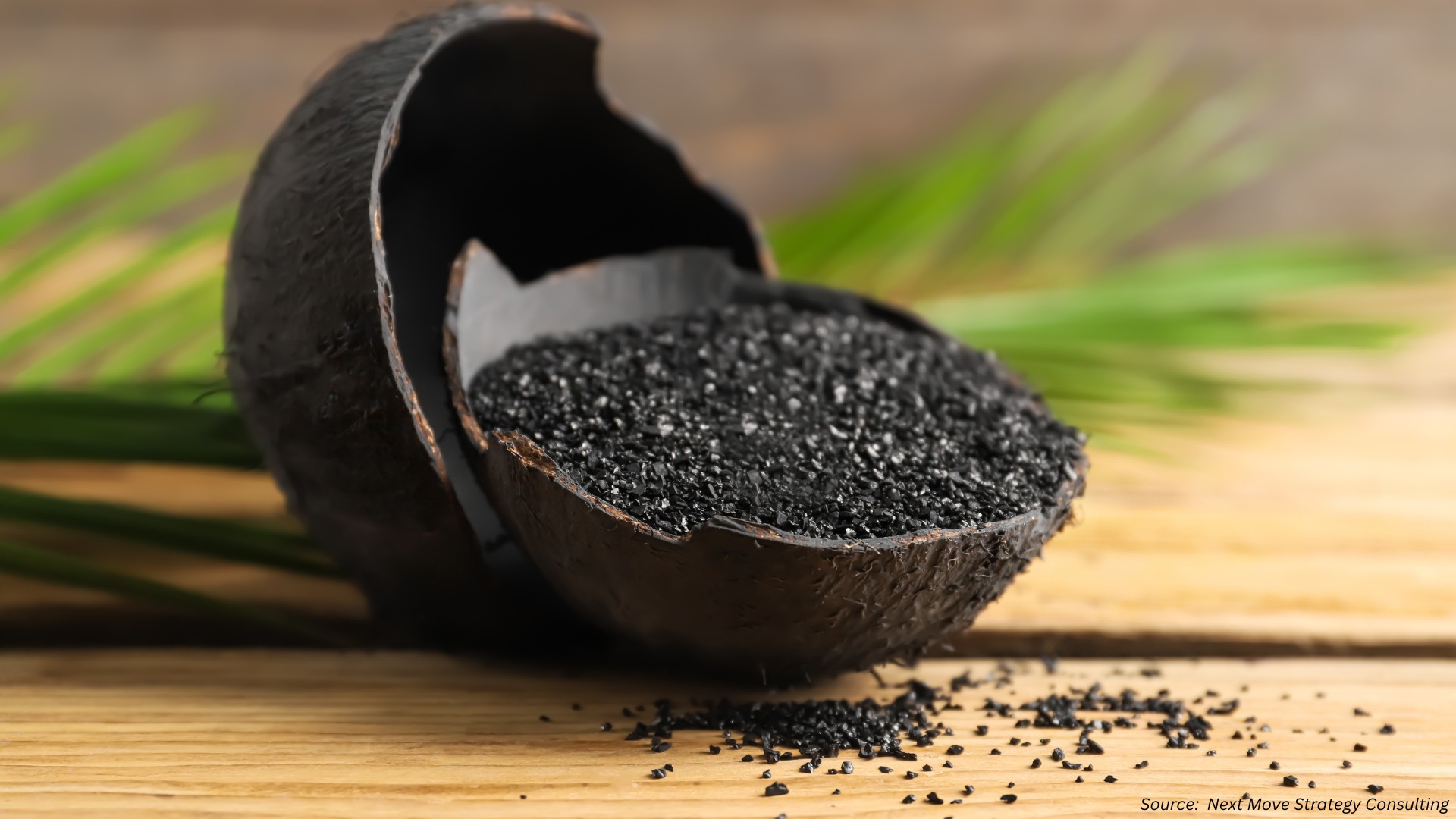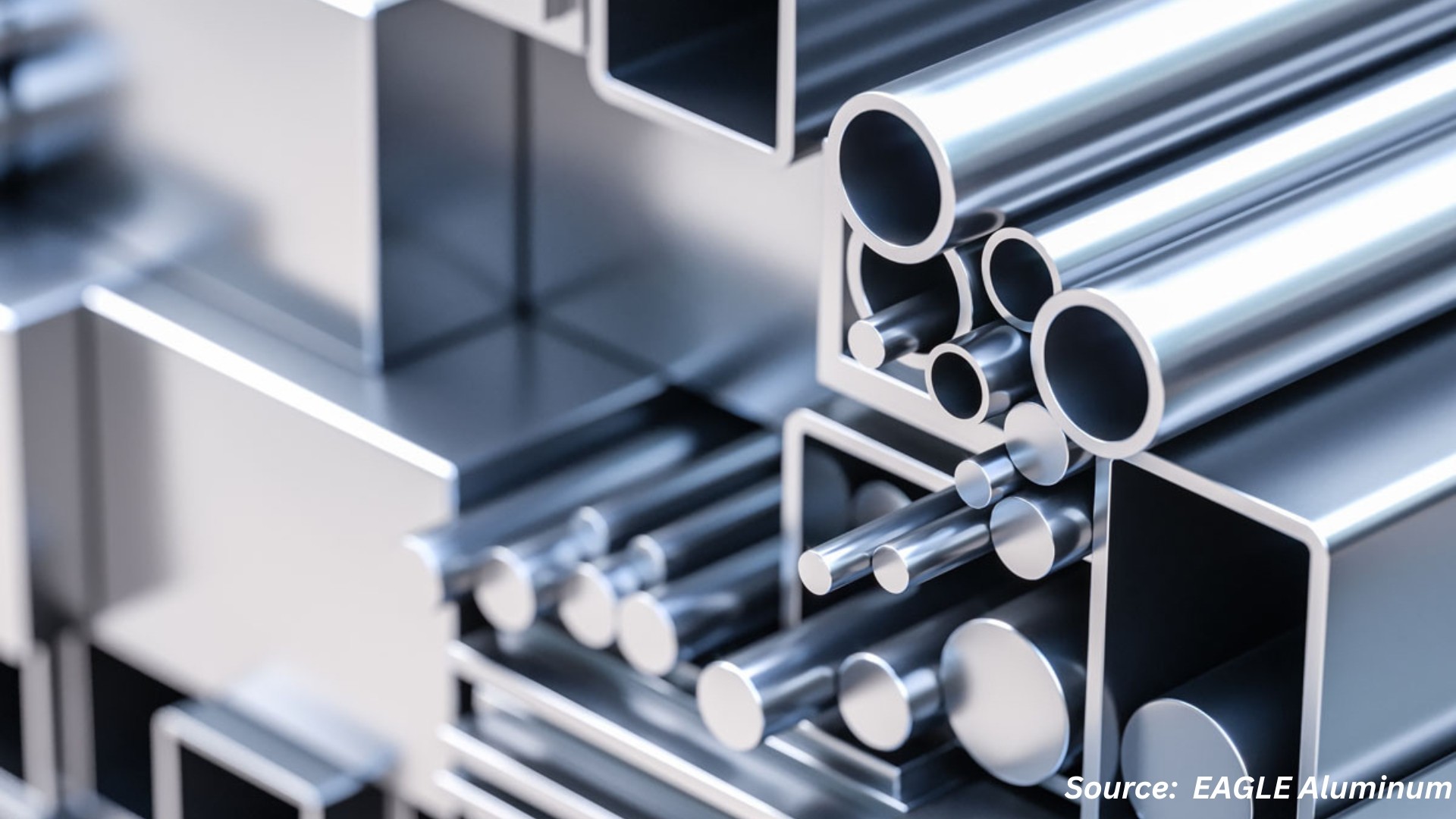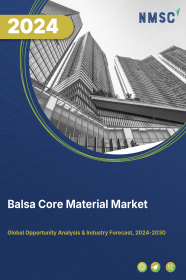
Balsa Core Material Market by Type (Monolayer and Multilayer), by Application (Wind Energy, Aerospace, Marine, Transportation, Construction and Others) - Global Opportunity Analysis and Industry Forecast, 2022-2030
Market Overview
The global Balsa Core Material Market size was valued at USD 252 million in 2021 and is predicted to reach USD 361.8 million by 2030 with a CAGR of 4.1% from 2022-2030. Balsa core is a widely used end grain wood core that exhibits high thermal insulation properties and serves as fire retardant and noise reduction material.
Also, it is available in a wide range of density, thickness, and form. Balsa core material has many qualities such as enhanced moisture resistance, high stiffness, and rigidity. It is widely used in areas such as boats, wind turbines blades, transportation, and structural composite panels. Moreover, it is used in aircraft construction to reduce weight and achieve high compressive & tensile strength.
Market Dynamics and Trends
The demand for balsa core material is increasing due to rise in demand for lightweight materials across industries around the world. Also, factors such as rise in use of renewable resources, demand from construction industry for flooring, doors, window panels and ceiling is driving the market growth globally.
However, high material cost, volatility in prices, and the presence of substitutes such as polyethylene terephthalate (PET) and polyurethane are factors restraining the growth of the market during the forecast period. On the other hand, increasing demand from emerging economies and increased use of balsa core in various projects such as wind power projects are expected to create ample growth opportunities for the market in the coming years.
Market Segmentations and Scope of the Study
The balsa core material market size has been segmented based on type, application, and geography. Based on the type, the industry is classified into monolayer and multilayer. The multilayer materials have higher energy absorption capability as compared to monolayer materials, which makes them suitable for use, as a core material, in wind blade and aircraft manufacturing. Based on application, the market is classified into wind energy, aerospace, marine, transportation, construction, and others. The geography breakdown and analysis of each of the aforesaid segments includes regions comprising of North America, Europe, Asia-Pacific, and RoW.
Geographical Analysis
Asia-Pacific region is expected to continue holding the lion share of balsa core material market during the forecast period. This is attributed to factor such as large-scale development of wind power projects in countries such as China, India, and Japan, where balsa-based core materials are widely used in the manufacturing of wind turbine blades. Furthermore, presence of major players such as DIAB International AB, Schweiter Technologies AG, Carbon-Core Corporation, and Evonik Industries AG is expected to boost the demand of balsa core material in this region.
However, North America is expected to show a steady rise in the balsa core material market due to rising disposable income and growing demand for developed infrastructure in this region. In addition, Europe is expected to show a steady rise in this market due to rapid industrialization and urbanization.
Competitive Landscape
The balsa core material market is comprised of various market players such as DIAB International AB, Schweiter Technologies AG, Bcomp Ltd., Carbon-Core Corporation, Gurit Holding AG, Evonik Industries AG, 3A Composites, I-Core Composites LLC, Nord Compensati Spa and CoreLite Inc. These manufacturers are actively indulging in R&D initiatives, product & technology innovations, and industrial collaborations to enhance their product and increase their growth and geographical reach.
For instance, in February 2019, 3A Composites Core Materials launched two innovative solutions that are BALTEK SealX and BALTEK Adaptive ContourKore. The BALTEK SealX reduces the resin uptake and BALTEK Adaptive ContourKore enables mass customization of finishing and reduces indirect costs.
Key Benefits
-
The balsa core material market report provides a quantitative analysis of the current market and estimations through 2022-2030 that assists in identifying the prevailing market opportunities to capitalize on.
-
The study comprises a deep dive analysis of the balsa core material market trend including the current and future trends for depicting the prevalent investment pockets in the market.
-
The information related to key drivers, restraints, and opportunities and their impact on the balsa core material market is provided in the report.
-
The competitive analysis of the market players along with their market share in the balsa core material market
-
The SWOT analysis and Porter's Five Forces model are elaborated in the study.
-
Value chain analysis in the market study provides a clear picture of the stakeholders’ roles.
Key Market Segments
By Type
-
Monolayer
-
Multilayer
By Application
-
Wind Energy
-
Aerospace
-
Marine
-
Transportation
-
Construction
-
Others
By Geography
-
North America
-
U.S
-
Canada
-
Mexico
-
-
Europe
-
UK
-
Germany
-
France
-
Italy
-
Spain
-
Rest of Europe
-
-
Asia-Pacific
-
China
-
India
-
Japan
-
South Korea
-
Australia
-
Rest of Asia-Pacific
-
-
RoW
-
UAE
-
Saudi Arabia
-
South Africa
-
Brazil
-
Remaining Countries
-
Key Players
-
DIAB International AB
-
Schweiter Technologies AG
-
Bcomp Ltd.
-
Carbon-Core Corporation
-
Gurit Holding AG
-
Evonik Industries AG
-
3A Composites
-
I-Core Composites LLC
-
CoreLite Inc.
-
Nord Compensati Spa
REPORT SCOPE AND SEGMENTATION:
|
Parameters |
Details |
|
Analysis Period |
2021–2030 |
|
Base Year Considered |
2021 |
|
Forecast Period |
2022–2030 |
|
Market Size Estimation |
Million (USD) |
|
Market Segmentation |
By Type (Monolayer and Multilayer), by Application (Wind Energy, Aerospace, Marine, Transportation, Construction and Others) |
|
Geographical Segmentation |
North America (U.S., Canada, Mexico) Europe (UK, Germany, France, Italy, Spain, Rest of Europe), Asia-Pacific (China, India, Japan, South Korea, Australia, Rest of Asia-Pacific), Rest of the World (UAE, Saudi Arabia, South Africa, Brazil, Remaining countries) |
|
Companies Profiled |
DIAB International AB, Schweiter Technologies AG, Bcomp Ltd., Carbon-Core Corporation, Gurit Holding AG, Evonik Industries AG, 3A Composites, I-Core Composites LLC, Nord Compensati Spa and CoreLite Inc. |




















 Speak to Our Analyst
Speak to Our Analyst



